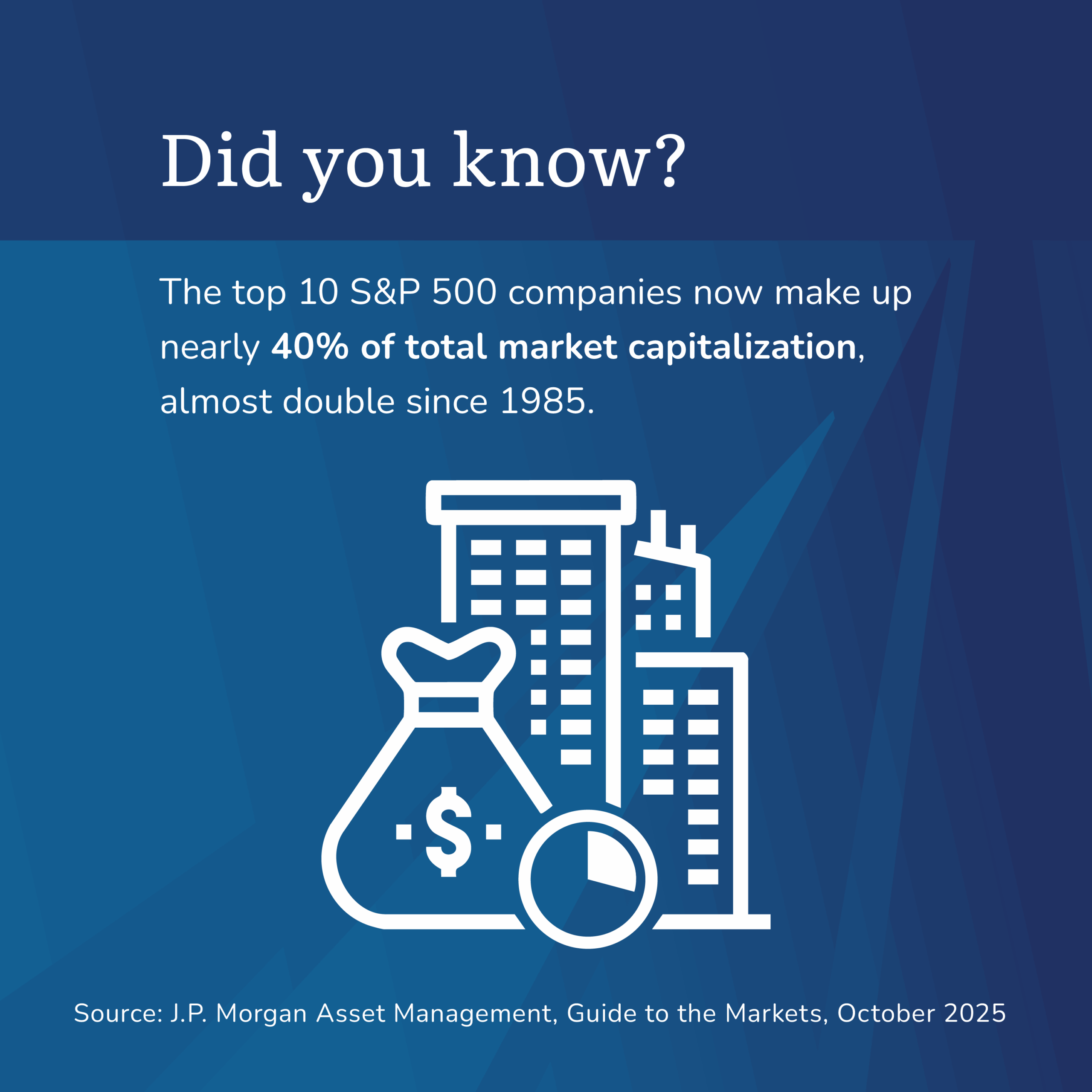New Year Financial Resolutions
Another year is beginning and it creates a new set of financial and tax planning strategies.
Plan for your required minimum distribution (RMD)
The new tax law just changed the first year of your required minimum distribution from age 72 to 73. If you are turning 72 next year, you will now be able to wait until 2024 to start taking your first distribution.
If you are still working, this is a nice tax reprieve since you can now delay taking the extra income for another year. If you were relying on the distribution to meet living expenses, now may be a good time to re-evaluate where to get the extra cash. If you have a taxable account, it may make sense to take funds from there even if you have taxable gains. Gains are taxed at capital gains rates vs. RMDs, which are taxed at ordinary income rates.
Cashflow projections
Now is a great time to evaluate what you spent in 2022 and plan for the next 12 months. Normally you would want to set aside enough cash to last you for 12 months plus any large purchase needs in 2023, such as renovations or a new car.
Since the market is still down, setting aside cash every 2-3 months, rather than all at once, may make sense, but still plan for 12 months. Look at your income from social security, which is going up 8.7%, and how this additional cash might affect your cash needs. If you and your spouse are receiving $60K in social security now, you can expect an additional $5K in the pot this year. Once you set aside cash, make sure cash is earning at least 3%.
Compile tax documents
Start collecting your 1099s, which are usually available by the end of February. K1s may take a while to generate and may cause you to file an extension. You will also want to keep track of your Health Savings Account (HSA) contributions and withdrawals. If you have a solo 401k, you will want to make sure you file a 5500 by August 1, 2023.
If you have charitable contributions, make sure you keep the receipts. If you have made Qualified Charitable Distributions from your IRA (QCDs), make sure your accountant subtracts those amounts from your IRA distribution since your 1099 does not separate these donations from income.
If your deductions are higher than the standard deduction, collect relevant bills such as property tax, after-tax charitable donations, and mortgage interest information.
If you have high medical bills and your out-of-pocket costs are higher than 7.5%, put together a list with supporting documentation. The IRS allows all taxpayers to deduct their qualified unreimbursed medical expenses that exceed 7.5% of their adjusted gross income. You will need to itemize your deductions on Schedule A in order to include your medical expenses instead of taking the standard deduction.
Review beneficiaries
Check your beneficiaries on your accounts and determine if any estate planning documents need to be updated based on any changes that took place during the year.
Review estimated tax payments
You don’t want to create any tax penalties for additional taxes owed from 2022. For example, if you did not withhold on RMDs in 2022 and still owe the taxes, or if you did a large Roth conversion, you may want to settle with the IRS sooner rather than later. If you sold a home or had a large income year, you should make sure you have the funds to pay the taxes handy.
Gifting
If you are single and gifted to any one individual over $16k in 2022 ($32K joint) annual exclusion, you will need to file a gift return. For example, if you gave your child $100k towards the purchase of a home, you will need to file a return to account for an $84K gift.
Categories
Recent Insights
-

Talk Your Chart | Artificial Intelligence, Global Markets, And What Really Drives Returns | Ep. 73
In Episode 73 of Talk Your Chart, Marcos and Brett begin by diving into the ongoing debate about Artificial Intelligence (AI) and its potential as a market bubble. They explore the real-world implications of AI for the economy, industries, and global markets. Drawing on historical market comparisons, such as Alan Greenspan’s 1996 warning about “irrational…
-

Heads or Tails: Navigating Pet Custody During Divorce
Divorce is rarely easy, and when pets are involved, it can become even more emotionally complex. For many couples, deciding who gets custody of a pet can be as heart-wrenching as dividing financial assets or determining child arrangements. Legally, pets are considered property in most states—but emotionally, they’re often family. That disconnect between law and…
-

A Smart Giving Strategy: How Charitable Remainder Annuity Trusts Turn Generosity into Legacy
Because Giving Shouldn’t Mean Giving Something Up Imagine this: You’ve worked hard, invested wisely, and now you’re thinking about how to share that success—not just with your loved ones, but with the causes and communities that shaped your journey. The question is no longer if you should give. It’s how to give meaningfully—without compromising your…
-

Workflow Automation for RIA Firms: Boost Efficiency, Compliance, and Client Experience
Managing client relationships, compliance, reporting, and portfolio updates can be a complex juggling act for Registered Investment Advisor (RIA) firms. Workflow automation is transforming how firms operate—streamlining processes, reducing errors, and enhancing the client experience. For additional insights into operational technology, read about How Microsoft Teams Can Transform Your RIA Firm’s Efficiency and Compliance. What…
-

Wine vs. Wall Street: How Does Fine Wine Compare to Stocks and Bonds?
CFP Taylor Gang explains why fine wine’s low market correlation, stability, and scarcity make it a unique alternative to stocks and bonds.
